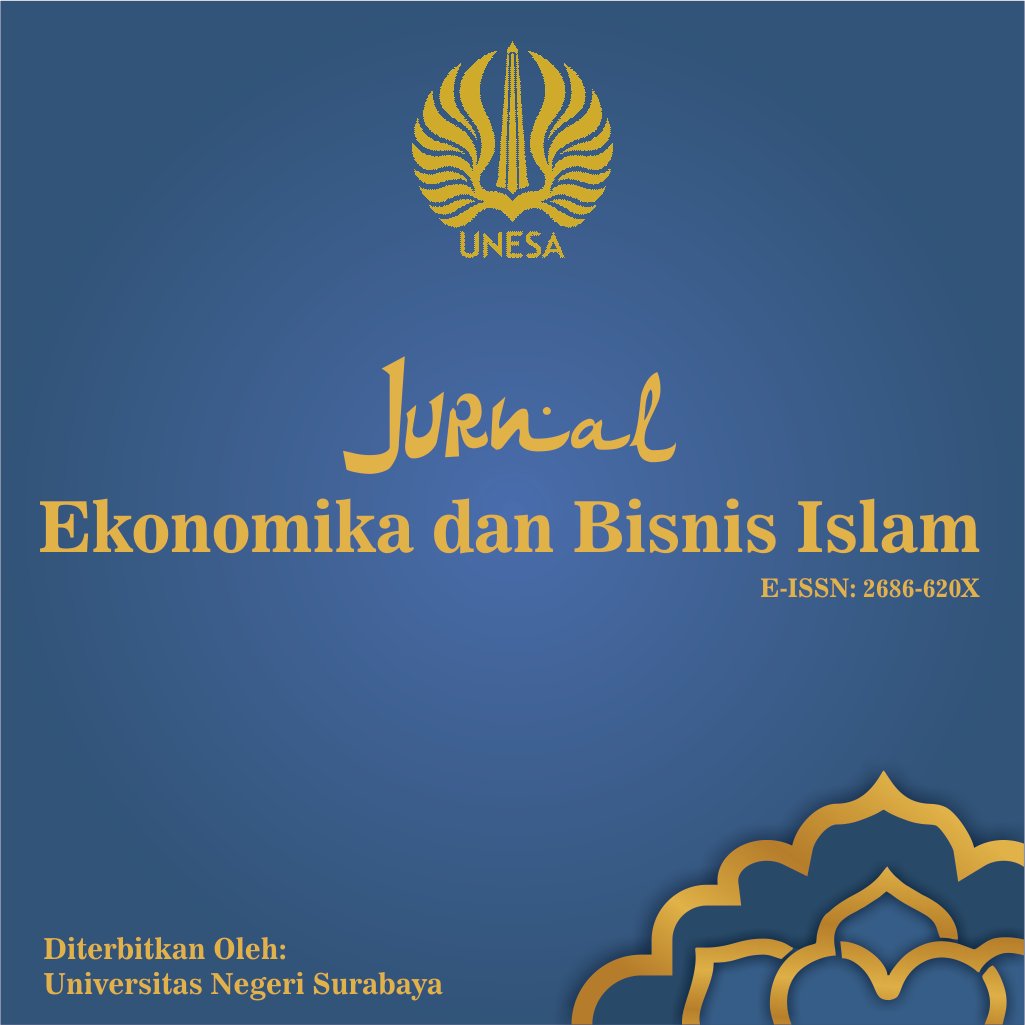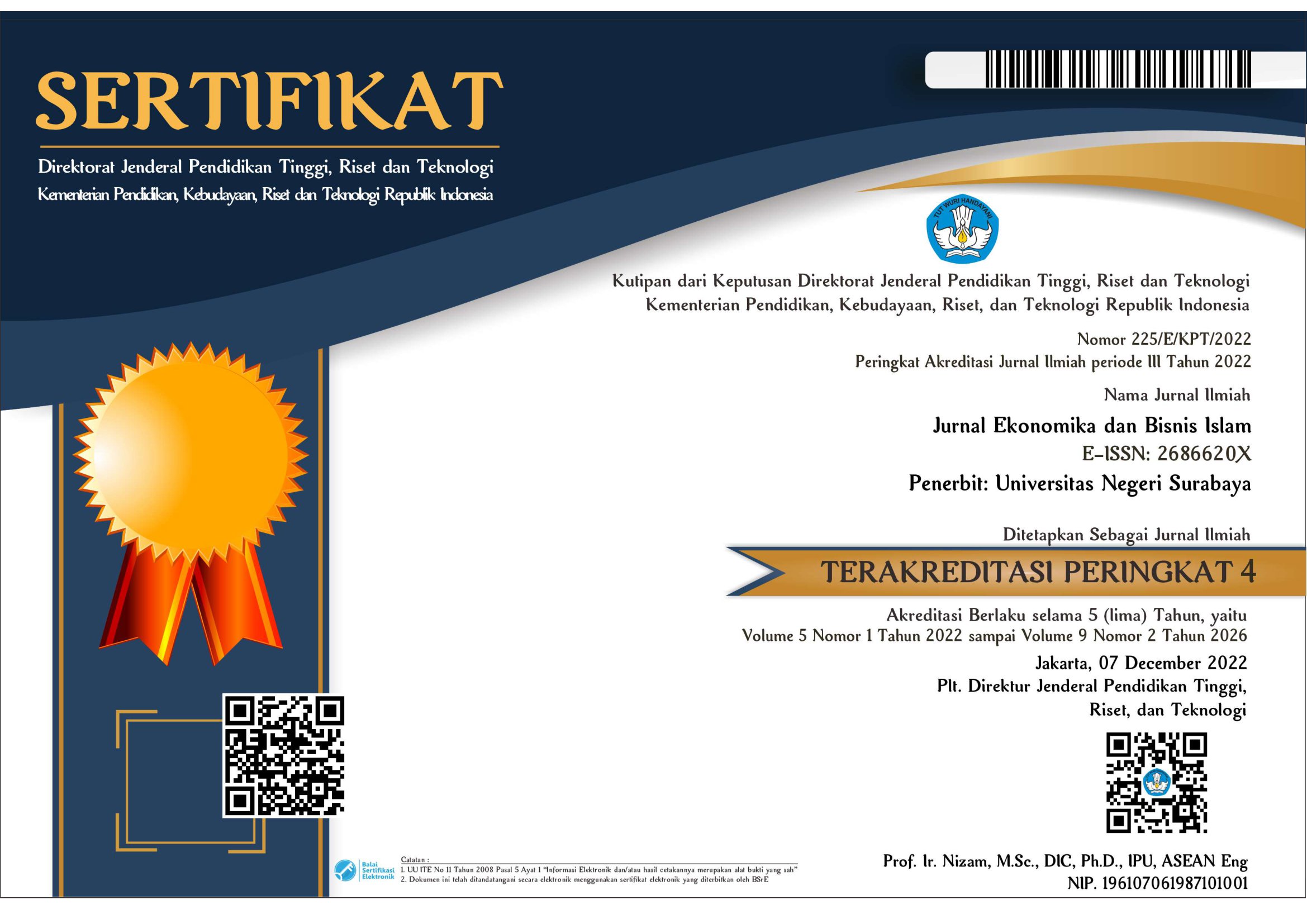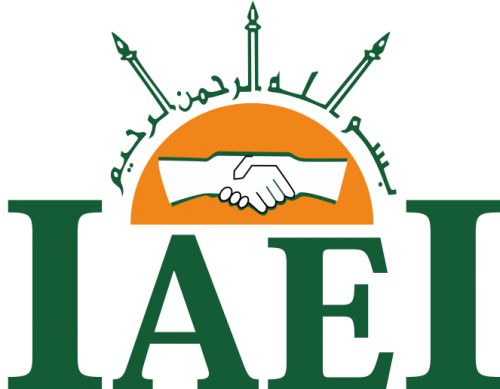Analisis Praktik Pelaksanaan Pembayaran Zakat Pertanian (Studi Pada Petani Padi Desa Plumbungan)
DOI:
https://doi.org/10.26740/jekobi.v5n3.p65-77Keywords:
Agricultural Zakat, Implementation of Zakat, Understanding of ZakatAbstract
The agricultural sector is one of the largest occupations in Indonesian. The high potential in Indonesia’s agricultural sector ought to increase the payment of agricultural zakat. This research intends to anlyze the implementation of agricultural zakat’s payment at Plumbungan, Sidoarjo. The type of this research uses a descriptive qualitative study. The research uses primary data sources. The primary data sources are form observations and interviews with farmers at Plumbungan, Sidoarjo. The data analysis technique consists of three stages data reduction, data presentation, and deduction drawing. The results of this study suggest that people at Plumbungan, Sidoarjo do not implement the rules in a agricultural zakat. They still followed the tradition that sadaqah and zakat are the same things. The sadaqah by farmers at Plumbungan, Sidoarjo did not rely on the agricultural on the agricultural zakat rules. The farmers assumed that sadaqah was already accomplishing the obligations to pay agricultural zakat. The Plumbungan farmers do not know the terminologies in agricultural zakats, such as nishab, haul, and the distribution of the group of people who are entitled to receive zakat. The Plumbungan farmers distributed the sadaqah to the people they wanted, such as giving to their neighbours and extended family.
References
Al-Qurthubi, S. I. (2013). Tafsir Al Qurthubi. Jakarta : Pustaka Azzam
Ali, N. (2006). Zakat Sebagai Instrumen Kebijakan Fiskal. Raja Grafido Persada.
Hasan, M. A. (2006). Zakat dan Infak : Salah Satu Solusi Mengatasi Problema Sosial di Indonesia.
Departemen Agama Republik Indonesia. (2010). Al-Quran dan Terjemahannya.
Musyidi. (2003). Akuntansi Zakat Kontemporer. Bandung : PT. Remaja Rosda Karya
Sugiyono. (2016). Metode Penelitian : Kualitatif, Kuantitatif, R&D. Bandung : Alfabeta
Downloads
Published
How to Cite
Issue
Section
License
Copyright (c) 2023 Dyah Citra Resmi Pitaloka, Sri Abidah Suryaningsih

This work is licensed under a Creative Commons Attribution 4.0 International License.
This work is licensed under a Creative Commons Attribution 4.0 International License.
 Abstract views: 645
,
Abstract views: 645
, PDF Downloads: 1164
PDF Downloads: 1164














